


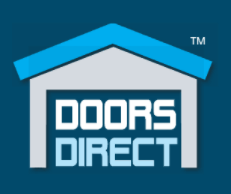
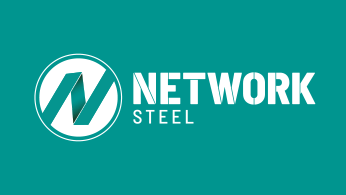

I've heard good things and so many bad things about SEO Brisbane providers.
My business needs more sales and SEO could be the thing I need, I don't know.
When I ask other business owners to recommend SEO Brisbane agencies they say they can't even recommend the people they work with because of a lack of communication, that puts me off.
There's nothing worse than feeling torn between need and fear.
I've had some success and I get the clear picture things could be amazing, fantastic and awesome with the right SEO team on my business website!
BUT....
I just don't know what my Brisbane SEO provider does with the money I send them.
When I ask for updates I get a lot of jargon, it is so confusing and that grinds-my-gears.
I know this is the future, the way for my business to really fly, but how? Do I keep trying again and again?
I feel so frustrated!
I know how SEO works and I need a solid provider to complement me and my organisation's in-house team.
I want legit SEO done right, I want technical SEO and honest outreach and link acquisition.
I don't ever want half-baked work done on fiverr. I could buy that junk myself.
I know SEO can link up with Google AdWords & Social but I'm tired of being the communication linkage when the specialists I use all work at the same agency (just in different departments)
I'm so tired of repeating myself.
I want an SEO in Brisbane who can get it done right.
Step One is a serious Strategy Call with a Ranking Specialist. Be ready to talk about your goals, your customers, your plans and your budget.
We will give you direct and helpful advice to help you make the right digital marketing decisions for you. Read our "Getting Started" page to be prepared for this. Then book it here.

Our checklist starts with access to your Google Analytics, Google Search Console, HotJar (and others) with these we will:-

Client and agency all on the same page about the goals, the KPIs, the benefits to your business and the activities we're going to execute and anything you (or your team) need to provide.
We're about as flexible as an agency can be. We're just super clear with clients if you ask for something that takes you away from the strategic goals that we've agreed... you know, sometimes clients are their own worst enemy.
Clarity Plus: Our proposal plans often have clear boundaries explaining what you *do and don't get* so you get a clear picture about how far the scope of our work reaches.

Services engaged get into action *together*.
We put all the foundations in place for your success. From an SEO perspective that means a very Technical Audit (beyond the pre-engagement one).
Conversion Rate Optimisation - Typical action plan...
Learning and improving your website is an essential part of our Leads Turbine process. When you *know* that your website converts you can confidently invest in SEO, Ads and Copywriting.
Google Ads Management and Facebook Ads both have similar steps...
All hands get into action on your website. All the services you've engaged get into action together and in concert to put all the foundations in place for your success. We keep you informed throughout using our campaign tracking systems.

What happens after the initial 3 or 6 months? (this section title gives it away)
We repeat the process from a higher position and a more informed plan just like entrepreneurs improving a business. The strategist and specialist recommend a new Sprint or give you options for a longer-term commitment, which itself is effectively a series of Sprints, but gives you peace of mind about annual budgeting.

Take it from us Sprints & Quarterly Strategic Reviews keep any marketing agency on its toes. We want to be on our toes so if you just want a set and forget campaign we might not be the right agency for you, take a look at our Getting Started page to see what sort of clients really click into our passionate approach.
Getting started is about step one (above) - have a conversation, usually over Zoom, with an SEO Brisbane Ranking Specialist. We always give helpful advice to make the right digital marketing decisions for you (even if that's to NOT do Digital Marketing). Check out our Getting Started page and when you're ready book your Strategy call here.

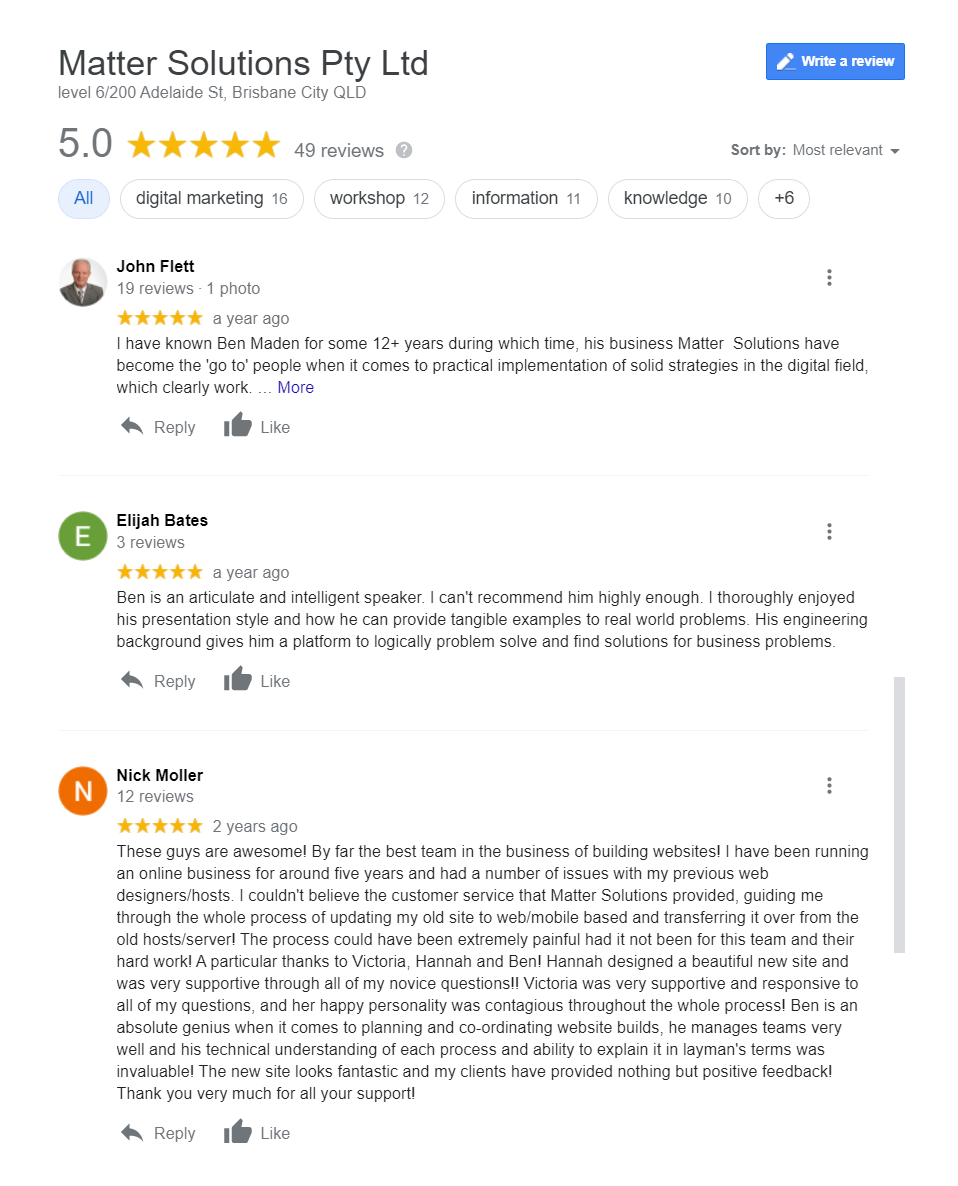
Begin with a 20 minute conversation about your goals. We'll bring the research into your website. With the right effort your website will become something that Matters to your business.






Search Engine Optimisation (SEO) is the process of improving a website in order to increase your website’s visibility in the search engines.
This can be distilled down to considering just ranking in Google because they are the number one search engine (by far).
SEO is a combination of techniques
... all about improving the quality and strength of your website.
Quality is a good way to think about these techniques. You should be striving to make the best website you can make.
It should inform, be useful and give people what they need - when they do a search. This means thinking about search intent.
There is also the User Experience (UX) aspect. A slow website will turn-off visitors even if it is well written and well designed.
All the quality aspects need to be addressed to get and hold people's attention.
Websites mention each other. This doesn't happen very often compared to the amount of text out there but it does happen. This mention could be of your brand or even a link to your website from their website, called a back link.
The quality and strength of their website, and their page, has an impact on the strength of your page when they link to it.
Earning links, especially good quality links, means that you can accumulate this value. This is what is meant by "Off Site SEO" work.
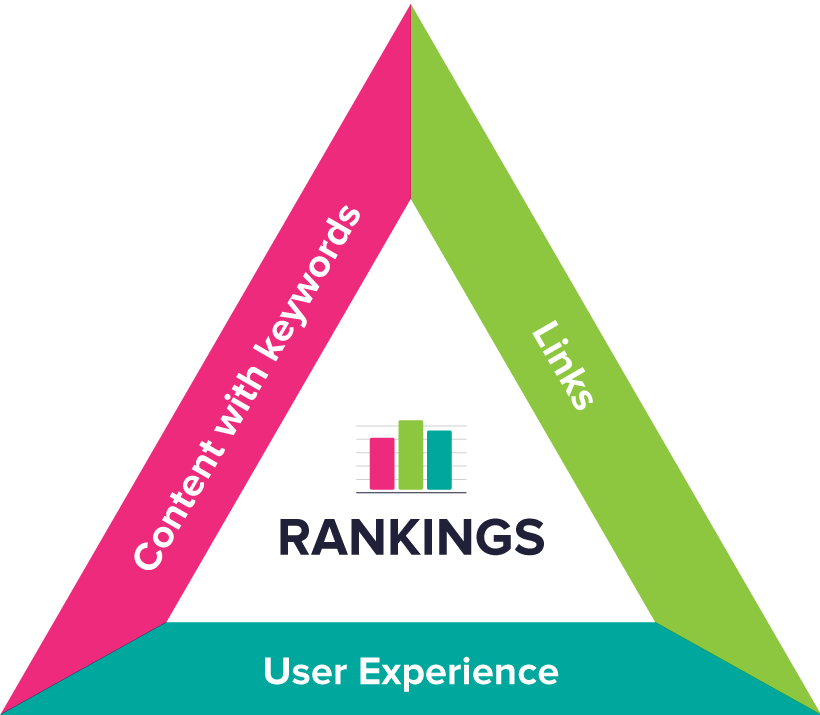
Our SEO Triangle (video below) helps people new to the subject get a handle on the basics. The mental model explains the need for multiple activities and a strategic approach in various different directions.
We've used this to great success on our YouTube Channel, in our Digital Marketing Workshops in Sydney and Brisbane and with our clients to communicate clearly about the work we do.
The trade-offs are often hard to grasp at first, and we find this three-sided explanation helps new people understand why a website redesign won't improve your SEO without some improved content (with keywords) and earning some backlinks.
Yes, basically.
Google has such a dominant position with 80%+ of the search market that we usually focus on Google to acquire traffic for clients. In some particular markets a ranking in Bing can be valuable. This is in markets where users are unlikely to (a) have a PC and (b) unlikely to change the default search engine, e.g. retirement planning and aged care, but even then the focus remains on the big prize: A top ranking in Google.
It is also worth noting that the sort of Search Engine Optimisation services that work for ranking in Google also works when trying to rank in most other search engines too, e.g. Bing or DuckDuckGo.

SEO is a long-term strategy compared to other forms of advertising such as advertising in Google with AdWords.
Consider these three factors:-
An expensive SEO campaign can be put together to get even a new website ranking quickly, but that work, especially any links that that website earns may be seen as spammy (risky) and it might cost way more to put in place than a campaign over 6-12 months.
In my years of experience, I (Ben is writing this) have found that the time factor can be used as an ally, instead of an enemy.
I recommend clients be ready for a 6-9 month from zero to hero (page one) and 12-15 months to get to solid number ones, this is a balanced pace for a campaign but of course, easier/lesser keywords can arrive faster... and super competitive (and generic) keywords can take much longer.
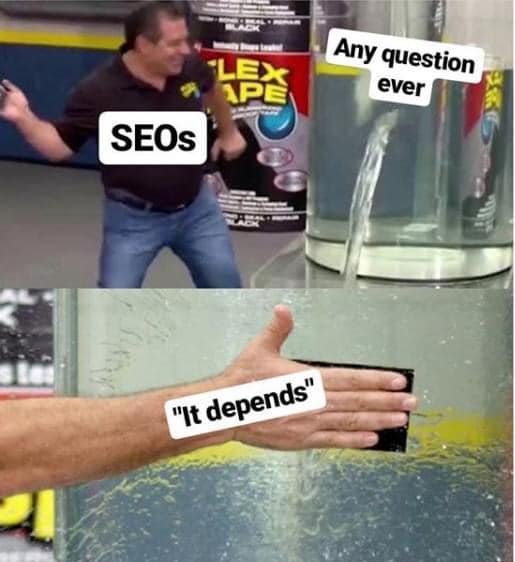
No, but you can if you really want to.
In the past clients have begun their engagements with us by specifying strict editorial control, i.e. they want to write every single word that appears on their website. When it comes to the scientific work to improve your pages this slows everything down massively and isn't advised.
We have excellent procedures to handle your content changes in two ways, either...
In some fields (finance, healthcare and legal) we know that clients must approve our work before publication - so they must use method A.
For speed and effectiveness, we recommend method B, but if clients want to be the gatekeepers at the start we totally understand. We're able to switch so you might want to start with A (private approval) and when ready, we all move to B (publish and log) once our writers have earned your trust.
You'd be surprised at the subjects our writers can write about.
It is true that the best content will likely come from the owner of the business - but how much time to do they have to devote to writing? Not much.
Even when entrepreneurs and business owners do write they're often limited in their writing skills. They omit key aspects like keyword usage and tone, e.g. humour and engaging writing.
It is far more efficient to have a great writer create the website's content and then have someone technical check it over.
I've learned the hard way that some clients can be their own worst enemy when it comes to copywriting... and block the progress of entire campaigns because they want to do the writing, but just don't have the time.
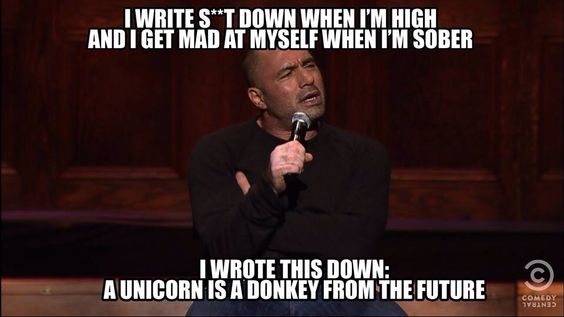
Like the meme says, *it depends*.
Google makes about 500 updates to its algorithm each year. There are likely to be things that need work overtime to address those changes.
I wrote above about the core concept of earning links when I introduced the SEO Triangle above. **If** your website can earn enough links to get ahead of your competition or you add something so amazing to your website that it earns links naturally at a faster rate than your competitors can catch then the SEO you need in the future will be mininal. It'll really just be a care-taking of that linkworthy asset, and tuning the content to account for algo changes.
But - that IF above is a very big IF. Not many clients are able to create content that earns links at a huge rate.
Firstly links are rare and hard to earn.
Secondly, what earns links today may not earn links in the long run.
Creating an asset to earn links can be hit and miss... The insurance brand Budget Direct created some great linkworthy tools on their website. Of around ten special features on their website only one actually earned a decent amount of links.
If you've done low-quality SEO it could even be that past SEO practices that worked like a charm in years gone are seriously harming your website now or in the future.

We use a scientific data-driven approach. Consider these two...
The first principle we use:
What other people say about your website (backlinks) is more important than what you say.
The fundamentals don't change that much. How we earn links might change, but the need to earn quality links has and will remain constant. Some SEOs talk about the increasing strength of other factors like "on page", "UX" and "trust factors" this seems to be true, but links are such a good way for Google to evaluate authority (quality and strength) that there is unlikely to be a massive shift any time soon.
We use another first principle here:
Google is looking to reward the best website. Give visitors the best website and Google will follow.
Working with this at the core we're able to make decisions when
Using data usually gives very clear signals about what humans want to see, and therefore what Google is likely to reward.

Imagine you have a shop.
Imagine your shop is on wheels. Not a van. Like a full-sized retail store that is on massive caster wheels.
Day one when you start the shop you're nowhere. As you step out of the front door of your beautiful store you step into red dust. You're in the middle of the desert - dry, arid and no people, just a kangaroo hopping along in the distance.
SEO is like deciding on day one that you want to be "in the city" you head towards the city pushing your shop on its wheels because you know there are customers there.
You don't know exactly where "in the city" you will end up, but you'll refine that later.
You don't know quite how long it'll take to get to the city but you know for sure that the closer you get to the city the better it'll be - when compared to the desert.
You make steps like this for weeks. You've come across zero new people, just more red dust and kangaroos, but you can see the city lights on the horizon at night so you know you're headed in the right direction.
As you continue it gets busier. The first visitors enter your store - yippee! People! Some of them browse but no one buys. That's okay, you're not in the right spot for buyers yet, so you continue. Do not give up!
You send out some friends with signs advertising your retail store. Some people follow those friends back to your store - and those people buy! At last! You learn from your friends (1) where they found those people and (2) that there are lots more people in that part of the city.
You push your store to that part of the city. There are already stores like yours so you line up alongside them and make your store even more inviting than the competition.
With the right approach on making customers happy you can dominate and over take the retail stores already in place.
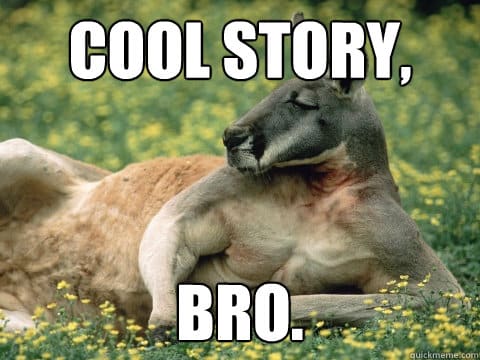
This answer is based on part of the SEO Training I used to provide, from 2010, and this graphic (below) is the one we used to use in our footer to advertised training workshops.
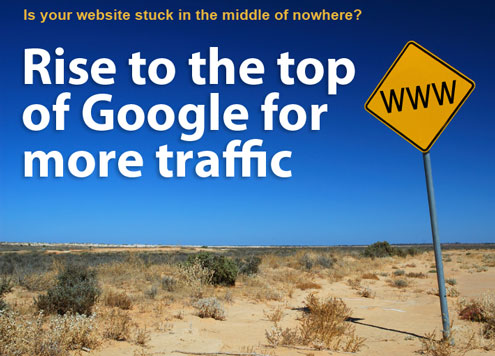
Yes. There are many SEO techniques that you can apply for yourself.
Our commitment to SEO training extends to helping clients (who want to) apply step by step procedures to support and complement the work we do.
It should be noted that some techniques can go from simple to complex very quickly.
For example, analysing a website to find out what technical improvements to make is very simple with Google’s PageSpeed Insights Tool, some changes might be easy for you (your developer) to implement many changes might have you scratching your head and even finding out that your website designer or developer doesn’t (after all) know much about SEO - or they left it out of the original build because it wasn't their job.
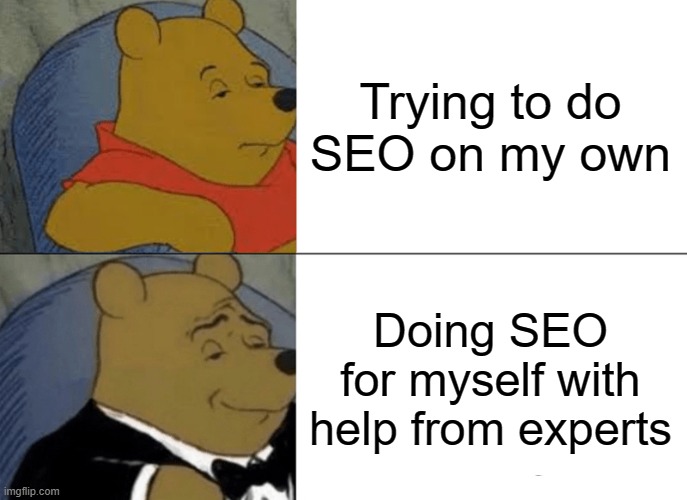
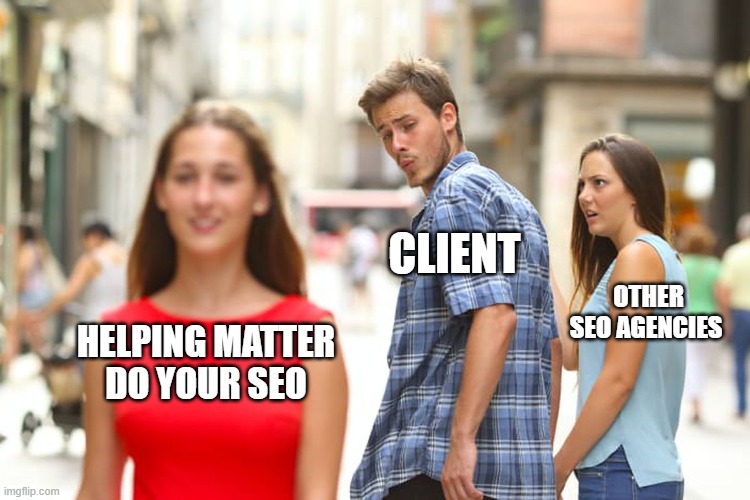
No, definitely not.
If we're doing coding on your website we'd rather you didn't work on it at the same time. With real coding work to be done, we usually use bitbucket to manage the code using git (in a private repository). Most web designers know how to use this and can work together with us. We can share the code directly with them.
We don't recommend clients get into technical stuff when a solid SEO campaign is underway. There is more chance of harm being done than good.
We'd rather clients stick to assigned content editing and even that we keep don't rely on clients to work on their own campaigns for success... it is just an added bonus if you want to learn by helping.
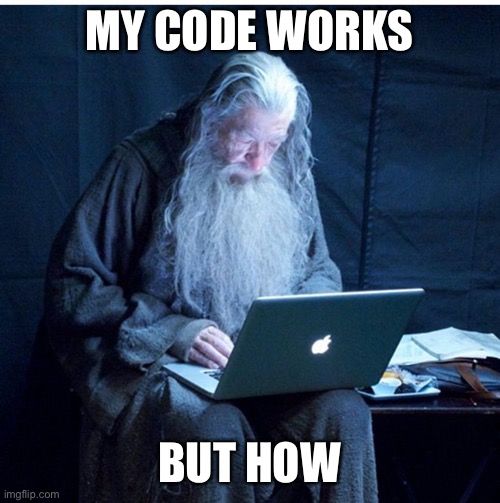
No. This is a bad idea for you, for us and everyone using the web.
Over the years we’ve seen hundreds of so-called SEO experts come and go in Brisbane.
The ones who disappear the fastest are the ones who resort to over-promising. They win deals with glitter and shiny promises. The shady ethics mean they are left with no option quick tricks to get quick rankings. The client is happy and pays up. It works. But for how long? The seeds of future problems have been sown.
These operators are smart enough to make sure their ranking guarantees are well cleared and the money is in the bank before a Google penality comes looming. The client is then carrying the proverbial can for shoddy SEO work, dodgy link building and even keyword stuffing.
These offers seem so good we've lost clients to these clowns. Good business owners who don't know what they're buying in an unregulated market getting burned. It happens all the time.
Clients can be their own worst enemies. They insist on ranking guarantees and then the only answer is to do shady work.... sometimes keywords don't move as expected. The question is do you want shady work done to meet the guarantee or do you want it done right? We decided years ago to approach this differently.
I've got clients who ask me to guarantee the work we do. I do. I guarantee it'll be first-class SEO work all done the right way to get you ranking and we will only take risks that you know about. No shady tactics or dodgy ethics here. Matter Solutions has been around since April 2000, and operating in Brisbane since 2007. Our reputation isn't worth risking for one deal or a hundred deals.
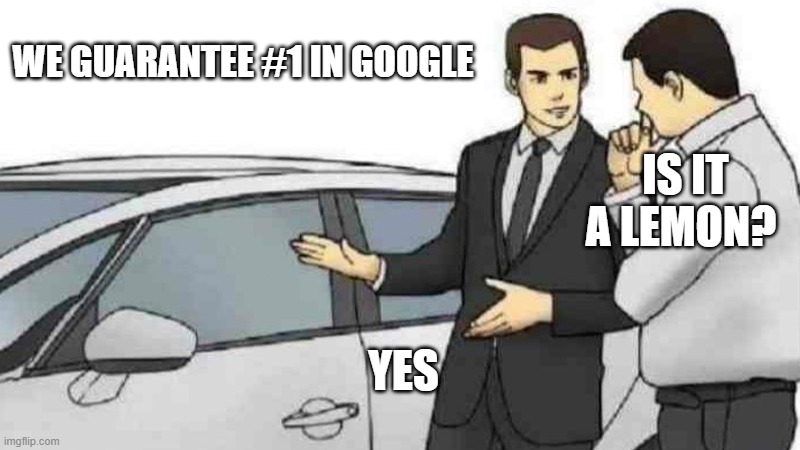
If you find yourself on the edge of buying SEO from someone like this ask these questions, and get the answers in writing, ideally enjoined into the contractual agreement.
This really is an *it depends* question.
The answer above about the time it takes to do SEO is very relevant here.
The more money you have the better rankings you can have.
The more time you have the better rankings you can have with the same, or even less money.
The cost of Search Engine Optimisation is very much dependent on the level of competition for the keyword(s) you're targeting.
The "Cubby House" market is worth a great deal less than "Property Investment" so a long-slow-burn campaign for Cubbies could be done for $1200-2500 per month, or $3-4k per month for a campaign seeking results in 6-9 months... Property Investment could swallow up 5x as much and still not quite rank.
This is a factor of how competitive the keyword is, and how many players are in the market doing SEO seriously. In "property investment" in Australia it is clear that 10-12 companies are seriously doing SEO, and another 20+ are having a good go. Getting to page two is harder than getting to page one for "Cubby House"... but its also worth noting that getting from page two to page one for "Property Investment" is an uphill battle which is hard to predict... well much harder to predict than "Cubby House".
Consider also that in these many months of work a new competitor could enter, existing competitors can step up their efforts and Google can just change the type of sites it wants to rank for this keyword (it happens).
This is why this meme about SEO Questions is so accurate. The answer really does "depend" on factors outside the SEO's control.
The best first step is to talk to one of our Ranking Specialists, check out Getting Started page first.

Consider the Return on Investment for your business. Answering these questions should help...
If you answered "yes" to all three of these questions then you should definitely do some SEO, even just a little bit to accumulate value and strength in your website over time.
It'll still take skill to make sure the "intent" (in question two) of the people searching lines up with what you're offering (q3) but that's the job of a great SEO Company. We're here to help you learn and improve your marketing.
If you're still unsure you can still set-up a small Google Ads campaign, this way you can test to see whether people look for your offering (q1), will buy or get in touch (q2) and you can make money (q3). If you're making money from Ads you can definitely make money from SEO when you rank.
Consider SEO this way, imagine a retailer setting up a huge store and testing the market with a huge investment. It'd be better to set-up a temporary kiosk and do some market testing. We have experience doing this using Google Ads. Our Qualified Google Ads Managers can link up with the SEO and put this in place for you.

Our SEO team will be able to help optimise your website that will see an increase in:
Take a look at the answer above about "How Long Does SEO Take?" - that's some good guidance for this question too.

When SEO is done correctly it is safe and will help protect your website from future Google algorithms.
When SEO is being implemented that goes against best practices – that is when your website is put at risk.
If a website is seen as trying to trick search engines then there are number of remedies that Google (and others) can impose. Most penalties are algorithmic but in extreme cases where a website is doing bad techniques on a consistent level, search engines will give you a manual penalty. A manual penalty could be partial for a set of keywords, for a set of pages or sitewide. A sitewide penalty will remove your entire website from the search engine completely.
Always make ask your SEO company about the risks you're taking on. This is a clear conversation we have with clients early in the campaign planning stage.

We help clients craft Digital Marketing Strategies.
Some clients already have a strategic digital marketing plan defined and need a specialist Search Marketing Company like Matter Solutions to deliver on its activities and meet its objectives.
In either case our SEO campaign work by our team is well placed align with specialists at Matter Solutions, or other agencies, who provide complementary activities and objectives, e.g.
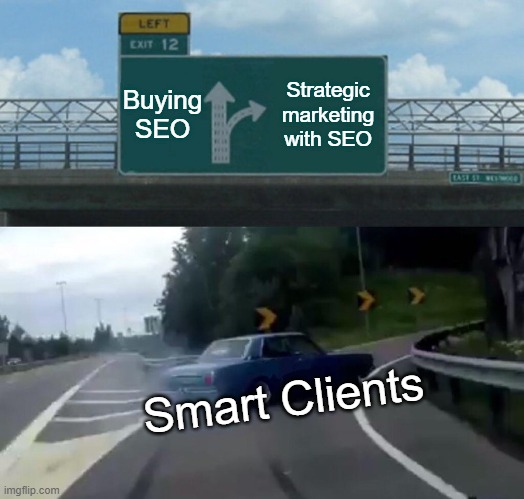
Most of our SEO Packages include a monthly report split into three sections.
Where relevant a skilled member of the SEO team will write about the data, the activity and the results to give you insights into what we see in the results.
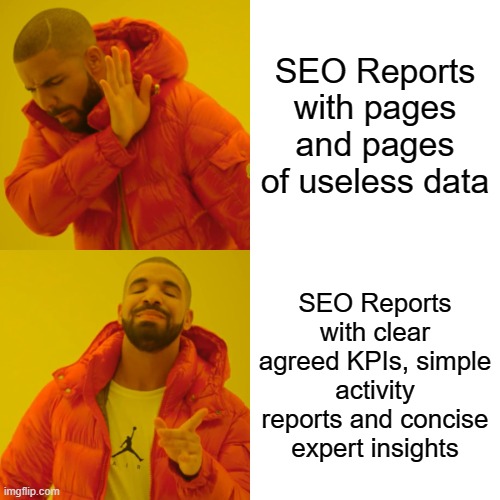
We are based in the City of Brisbane on Adelaide St. Most of our clients are in the City, Fortitude Valley, in Brisbane Metro and South East Queensland. We love to meet clients face-to-face and although that's significantly lessened since Covid-19 we've maintained close connections with our local Brisbane based clients. We know the city, we know Queenslanders and we're here to help Brisbane grow.
We have a few SEO clients on the Gold Coast - and we are keen to help many more. From 2010-2014 we had a second website that was number one for SEO Gold Coast in Google for years and years. This was at a time that the business was based in Redcliffe, North East of Brisbane.
I (Ben) used to drive to the Gold Coast once or twice per week to meet with clients and get their SEO campaigns underway. It was quite exciting but didn't last because we used an SEO Strategy that Google decided to reverse direction on - just another example of pushing the envelope so we know what to recommend to clients.
We've helped thousands of businesses get to grips with their website. Our educational approach means you get more skilled as we deliver more, and more.